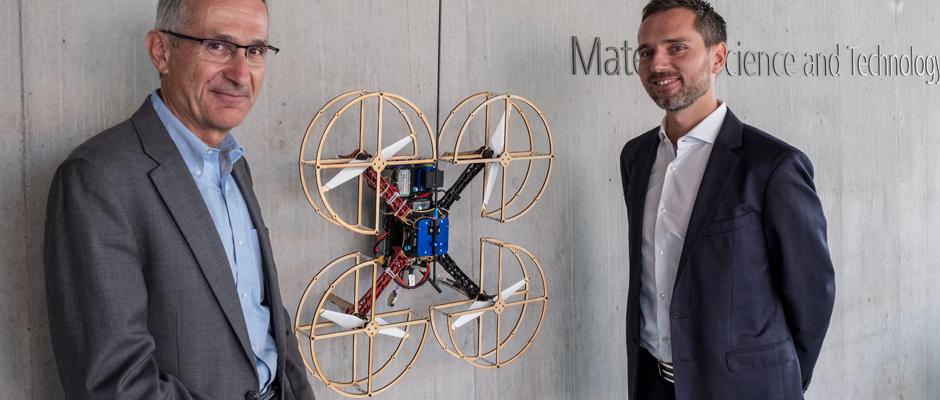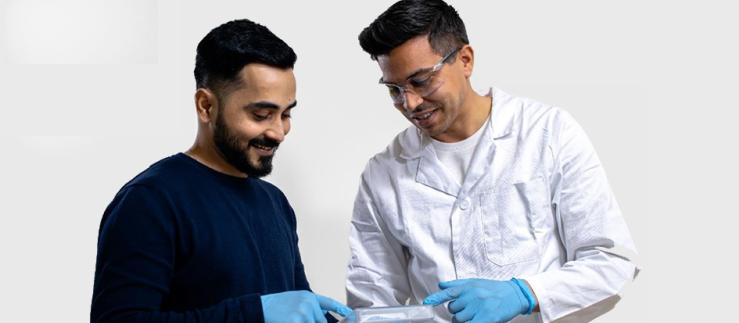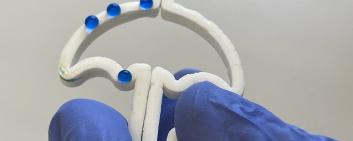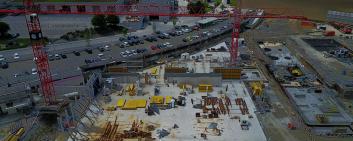The Swiss Federal Laboratories for Materials Science and Technology (Eidgenössischen Materialprüfungs- und Forschungsanstalt; Empa) and Imperial College London are collaborating on the optimisation and development of autonomous drones. For this, they will be using the new NEST Aerial Robotics Hub in Dübendorf, it was reported in a press release. The NEST modular research and innovation building of Empa and the Swiss water research institute Eawag will serve as the flying arena. The flying robots will become “permanent residents” here and carry out tasks such as building maintenance and repairs independently, for example. “Autonomous drones will not only increase the efficiency of maintenance work, they will also make it possible to work in places in the building that are difficult or almost impossible for people to access,” explains robotics researcher Mirko Kovac. He will be heading the new NEST Aerial Robotics Hub going forward.
Researchers from London will chip in their expertise in autonomous drone technology to the partnership, while Empa researchers are contributing their profound knowledge in materials to the new centre. “We want to develop drones that are equipped with innovative soft materials,” says Tanja Zimmermann, member of Empa’s Board of Directors and head of the Functional Materials department. Soft materials, such as those based on organic compounds, fit well with the strategy of the NEST Aerial Robotics Hub as the characteristics of the drones are strongly influenced by biological concepts. “We have copied certain principles of the drones from the animal kingdom, for example from birds of prey and spiders,” says Mirko Kovac.
The researchers will not only be advancing drones in the course of this project but will also investigate how they can fit into our everyday life. Mirko Kovac is confident that “the city of the future will be a complex ecosystem for humans and robots”.







